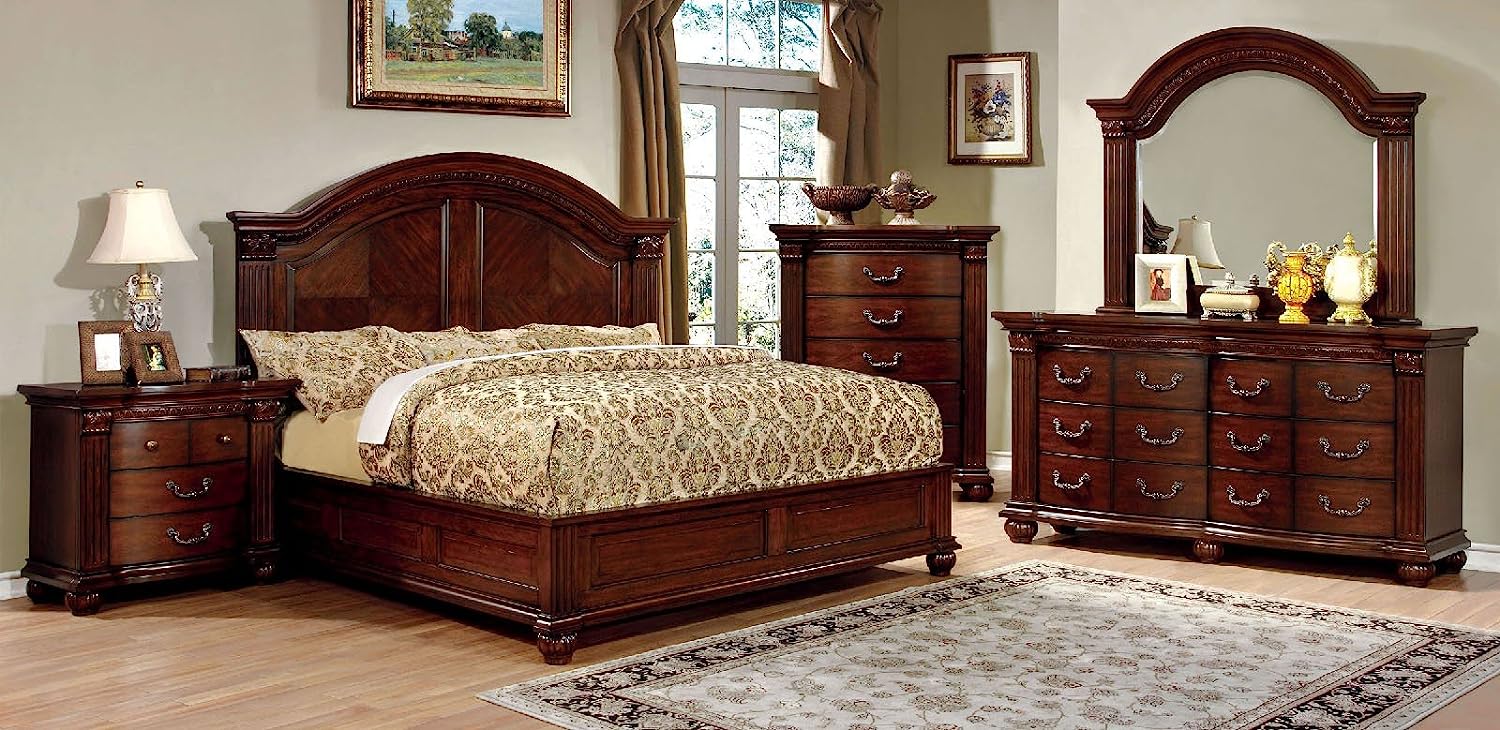

Articles
How To Arrange Furniture In Bedroom
Modified: January 19, 2024
Learn how to arrange furniture in your bedroom for optimal space and comfort. Discover tips and tricks to create a stylish and functional layout with the right placement and arrangement of furniture.
(Many of the links in this article redirect to a specific reviewed product. Your purchase of these products through affiliate links helps to generate commission for Storables.com, at no extra cost. Learn more)
Introduction
Arranging furniture in a bedroom is not just about functionality, but also about creating a cozy and aesthetically pleasing space. The way you arrange your furniture can significantly impact the overall look and feel of the room, as well as optimize the use of space and enhance the flow of movement.
Whether you are designing a new bedroom or looking to update the layout of your current space, this article will guide you through the process of arranging furniture in a way that is both practical and visually appealing.
Before diving into the details, it is essential to take into account the size and shape of your bedroom, as well as its specific purpose. The layout of a master bedroom may differ from that of a guest room or a child’s bedroom. By assessing the unique needs and constraints of your space, you can make informed decisions that maximize functionality and comfort.
When arranging furniture, it is also important to consider the principles of design. From creating a focal point to ensuring proper traffic flow, every decision you make should contribute to a harmonious and well-balanced arrangement.
Throughout this article, we will explore various aspects of furniture arrangement in the bedroom, offering practical tips and recommendations to help you create a beautiful and functional space that suits your needs and personal style.
Key Takeaways:
- Create a harmonious and functional bedroom layout by assessing space, prioritizing furniture size, and strategically arranging key elements like the bed, nightstands, and seating areas. Consider traffic flow and add personal decorative touches for a cozy and visually appealing environment.
- Transform your bedroom into a sanctuary of relaxation and personal expression by thoughtfully arranging furniture, incorporating decorative elements, and prioritizing comfort and style. Experiment with different layouts to find the perfect balance for a peaceful and rejuvenating environment.
Assessing the Bedroom Space
Before you start arranging furniture in your bedroom, it’s crucial to thoroughly assess the space. Take accurate measurements of the room, including the dimensions of walls, windows, and doorways. This information will help you determine the appropriate size and placement of furniture pieces.
Consider the shape of the room as well. Is it rectangular, square, or irregularly shaped? Understanding the overall layout will guide you in making layout decisions later on.
Take note of any architectural features that may impact your furniture arrangement, such as alcoves, built-in shelves, or angled walls. These features can be integrated into your design to add visual interest and functionality.
Additionally, assess the room’s natural light sources and electrical outlets. This information can help you determine where to place specific furniture items, such as beds, desks, or reading chairs.
Lastly, take into account the existing flooring, wall colors, and overall style of the bedroom. Consider how your furniture choices will complement or contrast with these elements to create a cohesive and visually pleasing space.
By thoroughly assessing the bedroom space, you will have a clear understanding of its limitations and potentials, allowing you to make informed decisions when arranging your furniture.
Determining the Purpose of the Bedroom
Before diving into furniture arrangement, it’s important to determine the specific purpose of your bedroom. Understanding how you will be using the space will guide your furniture decisions and help create a functional and comfortable environment.
Consider whether your bedroom primarily serves as a personal sanctuary, a multi-functional space, or a combination of both. Are you mainly using it for sleeping, relaxation, or as a workspace? Answering these questions will help you prioritize the key furniture pieces and their placement.
If your bedroom is primarily a place of rest, the focus should be on creating a serene and calming atmosphere. The centerpiece of the room should be the bed, positioned in a way that promotes relaxation and good sleep. Consider placing it away from any noise sources or distractions and in a spot where natural light can be enjoyed in the mornings.
For bedrooms that double as a workspace, you’ll need to incorporate functional elements such as a desk or workspace area. Consider how you can maximize efficiency and productivity while maintaining a sense of tranquility. Aim to create a separate zone for work that is visually distinct from the sleep area.
If you have a spacious bedroom that allows for additional furniture, you can consider incorporating seating areas for reading or lounging. This can add a touch of luxury and create a cozy nook within your bedroom. Just make sure the furniture pieces you choose align with your intended use of the space.
Understanding the purpose of your bedroom will guide your furniture choices and ensure that the layout supports your needs and lifestyle. Remember, the ultimate goal is to create a space that serves its intended purpose while maintaining comfort and style.
Choosing the Right Size Furniture
When it comes to arranging furniture in a bedroom, size matters. Choosing the right-sized furniture is essential for creating a balanced and functional layout. Too large of pieces can make a room feel cramped, while furniture that is too small can make the space feel empty and lackluster.
Start by considering the size of your bedroom and the available floor space. Measure the dimensions of the room and take note of any architectural features, such as windows, doors, or built-in shelves, that may impact furniture placement.
Next, think about the essential furniture pieces in the bedroom, such as the bed, dressers, nightstands, and any additional seating. Ensure that these pieces are proportionate to the room and leave enough space for comfortable movement.
For the bed, choose a size that fits well in the room without overwhelming the space. A king-size bed might be luxurious, but it may not be suitable for a smaller bedroom. Consider the height and width of the bed frame as well, ensuring that it doesn’t obstruct windows or doorways.
When selecting nightstands, make sure they are of an appropriate size to accommodate your needs. They should be large enough to hold essential items like lamps, an alarm clock, and personal belongings, but not so large that they dominate the bedside area.
Similarly, choose dressers and storage units that fit well in the space without obstructing the natural flow of the room. Opt for pieces that provide ample storage while maintaining a visually pleasing balance with the other furniture in the bedroom.
If you plan to include seating areas in your bedroom, choose chairs or sofas that are proportionate to the room and complementary to the other furniture. Ensure there is enough space around the seating area for comfortable movement and that the pieces do not overcrowd the space.
By choosing the right-sized furniture, you can create a bedroom layout that feels harmonious and well-balanced. It’s all about finding the perfect equilibrium between functionality and aesthetic appeal to make the most of your space.
Creating a Focal Point
One of the key elements in furniture arrangement is creating a focal point in the bedroom. A focal point draws the eye and adds visual interest, anchoring the overall design of the space. It can be a wall, a window, a piece of artwork, or even the bed itself.
If your bedroom has a natural focal point, such as a large window with a beautiful view, capitalize on it by arranging the furniture to highlight and enhance that feature. Position the bed or seating area in a way that allows for maximum enjoyment of the focal point.
If your bedroom lacks an obvious focal point, consider creating one using furniture and accessories. The bed is often the primary focal point in a bedroom and can be enhanced with a headboard or a bold statement wall behind it. Choose a headboard that complements the overall style of the room and makes a statement without overpowering the space.
You can also create a focal point with a piece of artwork or a gallery wall. Hang a large piece of artwork or a collection of smaller prints above the bed or on a prominent wall. This will draw attention and add a personal touch to the room.
In addition to furniture and artwork, you can use lighting to create a focal point. Install a stunning chandelier or pendant light above the bed to instantly elevate the space and make it the center of attention.
Remember, a focal point should command attention without overwhelming the entire room. It’s about creating a visual centerpiece that adds excitement and character to your bedroom layout.
By strategically creating a focal point, you can enhance the overall design of your bedroom and create a visually engaging space that reflects your personal style.
Read more: Furniture Arranging Mistakes
Arranging the Bed
Arranging the bed is arguably the most important aspect of furniture placement in the bedroom. It serves as the centerpiece and sets the tone for the entire space. Here are some tips on how to arrange the bed effectively:
- Position the bed against a wall: Placing the bed against a wall creates a sense of stability and balance. It also maximizes the use of space in the room.
- Consider the focal point: If your bedroom has a natural focal point, such as a fireplace or a large window, position the bed in a way that allows you to enjoy the view or highlight the feature.
- Leave space for movement: Ensure there is enough room to comfortably walk around the bed on all sides. Aim for at least 2-3 feet of clearance for easy access.
- Account for bedside tables: If you have bedside tables or nightstands, position them on either side of the bed. Make sure they are within arm’s reach, allowing for easy access to essentials like lamps, books, or a glass of water.
- Consider the height of the bed: The height of the bed frame can influence the visual aesthetics of the room. A taller bed frame can create a sense of grandeur, while a lower bed frame can provide a more modern and minimalist look.
- Utilize under-bed storage: If space is limited, consider using under-bed storage containers to maximize storage options without cluttering the room. This is especially useful for storing linens, off-season clothing, or other items.
- Add a headboard: A headboard not only adds a decorative element to the bed but also provides support for sitting up in bed. Choose a headboard that complements your bedroom style and enhances the overall aesthetic.
Ultimately, the arrangement of the bed should prioritize comfort, functionality, and visual appeal. Experiment with different layouts to find the one that best suits your space and personal preferences.
When arranging furniture in a bedroom, start by placing the bed in the center of the most visible wall and then position other furniture around it to create a balanced and functional layout.
Positioning Nightstands and Bedside Lighting
Once you have arranged the bed in your bedroom, the next step is to position the nightstands and bedside lighting. These elements not only serve functional purposes but also contribute to the overall aesthetic and ambiance of the space. Here are some tips on how to position them effectively:
- Placement of nightstands: Ideally, position the nightstands on either side of the bed, creating a balanced and symmetrical look. Ensure that they are at a height that is convenient for reaching from the bed, and that the surface area is large enough to accommodate essentials like lamps, books, or personal items.
- Consider the size of the nightstands: Choose nightstands that are proportionate to the size of your bed and the overall scale of the room. If you have a larger bed, opt for larger nightstands that can hold the necessary items without appearing overwhelmed by the bed.
- Coordinate nightstands with the bed: When selecting nightstands, consider the style and materials of your bed frame. Aim for a cohesive look by choosing nightstands that complement the design and finish of the bed.
- Placement of bedside lamps: Position the bedside lamps on the nightstands, ensuring that they provide adequate lighting for reading or other activities. The lamps should be at a height that allows for easy access and adjustable for personalized light levels. Consider the size and design of the lamps to ensure they match the style and proportions of the nightstands and the overall bedroom decor.
- Consider alternative lighting options: If space is limited on the nightstands, or if you prefer a clean and uncluttered look, consider alternative lighting options such as wall-mounted sconces or pendant lights. These can provide task lighting without taking up surface space on the nightstands.
- Coordinate with other bedroom elements: Ensure that the nightstands and bedside lighting coordinate with other elements in the room, such as the color scheme, materials, and overall style. This will help create a cohesive and harmonious look.
- Personalize the nightstands: Use the surface of the nightstands to display personal items, such as a small plant, books, or decorative objects that reflect your personality and add a personal touch to the space.
By carefully positioning the nightstands and bedside lighting, you can create a functional and visually appealing arrangement that enhances the overall look and feel of your bedroom.
Placing Dressers and Storage Units
In addition to the bed and nightstands, dressers and storage units play a vital role in keeping your bedroom organized and clutter-free. Placing them strategically ensures easy access to your belongings while maintaining a visually appealing layout. Here are some tips for placing dressers and storage units:
- Consider the size and scale: Before selecting a dresser or storage unit, measure the available space in your bedroom. Choose a piece that fits well without overcrowding the room. Ensure there is enough clearance around the furniture for easy movement.
- Assess storage needs: Determine the amount of storage you require and choose a dresser or storage unit accordingly. Consider the number of drawers or shelves needed to accommodate your clothing, accessories, and other personal items.
- Balance the placement: If possible, place the dresser or storage unit on the opposite side of the bed from the nightstands. This creates a sense of balance and symmetry within the room.
- Avoid blocking pathways: Ensure that the placement of the dresser or storage unit does not block any doorways, windows, or natural traffic flow within the room. It should be easily accessible and not obstruct the movement in the bedroom.
- Consider the functionality: When placing the dresser or storage unit, think about its function in relation to your daily routine. If you use the dresser primarily for getting ready in the morning, position it in a spot that allows easy access to clothing and mirrors.
- Coordinate with other furniture: Choose a dresser or storage unit that complements the style of your bed and other bedroom furniture pieces. Consistent materials, finishes, and design elements will create a cohesive and harmonious look.
- Create a decorative display: Use the top surface of the dresser or storage unit to add a decorative touch to the room. Display personal items, such as photographs, artwork, or plants, to add character and make the space feel more personalized.
Placing dressers and storage units strategically not only helps keep your belongings organized but also contributes to a visually appealing and functional bedroom layout. By considering both practicality and aesthetics, you can create a cohesive and well-designed space.
Arranging Seating Areas
Adding a seating area in your bedroom can create a cozy and inviting space for relaxation, reading, or simply enjoying a cup of coffee in the morning. When arranging a seating area, there are a few key factors to consider:
- Choose the right seating furniture: Select seating furniture that fits well within the available space and complements the overall style of your bedroom. Options can include a comfortable armchair, a small loveseat, or a set of lounge chairs.
- Consider the placement: Position the seating area in a spot that allows for optimal use of space without obstructing the main flow of movement in the room. Ideally, it should be near a window or an area with good lighting for reading or enjoying the view.
- Create a conversation area: Arrange the seating furniture in a way that promotes conversation and interaction. Place chairs facing each other or around a small coffee table to facilitate intimate conversations or relaxation.
- Balance the layout: Ensure that the seating area is proportionate to the rest of the room. It should not dominate the space or make it feel overly crowded. Find a balance between function and visual appeal.
- Add a rug: To define the seating area and anchor the space, consider placing a rug underneath the furniture. The rug can add warmth, texture, and visual interest to the arrangement.
- Provide adequate lighting: Make sure the seating area has appropriate lighting for reading or relaxation. Place a floor lamp or table lamp within reach of the seating furniture to create a cozy ambiance.
- Add accessories: Personalize the seating area with pillows, throws, or cushions that reflect your style and add comfort. Integrate colors, patterns, and textures that harmonize with the overall bedroom decor.
Arranging a seating area in your bedroom allows for a separate space for relaxation and unwinding. By considering the furniture placement, layout, and accessories, you can create a comfortable and visually pleasing seating area in your bedroom.
Read more: How To Organize Furniture In The Bedroom
Considering Traffic Flow
When arranging furniture in your bedroom, it’s important to consider the flow of traffic within the space. A well-planned traffic flow ensures easy movement and accessibility, making the room more functional and comfortable. Here are some tips for considering traffic flow:
- Keep pathways clear: Ensure that there is enough space for people to move freely around the furniture. Avoid placing furniture in a way that obstructs doorways, windows, or natural walkways within the room. Maintain clear and unobstructed pathways for comfortable navigation.
- Allow for ease of movement: Arrange furniture in a way that allows for easy movement and avoids any potential obstacles in the room. Consider how people will naturally move around the space and plan the furniture layout accordingly.
- Consider door swing: Take note of the swing direction of doors in the room. Be mindful not to place furniture in a way that hinders the opening and closing of doors. Ensure that there is ample space for doors to open fully without hitting any nearby furniture.
- Think about functionality: Consider the practicality and functionality of the furniture arrangement. For example, make sure that drawers and wardrobe doors can be opened fully without obstruction, and that seating areas are easily accessible.
- Plan for multiple users: If your bedroom is shared with a partner or family members, consider their needs in terms of traffic flow. Ensure that furniture placement allows for simultaneous movement and avoids unnecessary congestion.
- Test the layout: Walk through the bedroom and simulate daily activities to evaluate the flow of traffic. Identify any areas that feel cramped or impede movement, and make adjustments as needed. Don’t be afraid to experiment with different furniture arrangements until you find the optimal flow.
- Consider safety: In addition to functionality, prioritize safety when planning the traffic flow. Avoid any sharp corners or trip hazards that could potentially cause accidents. If you have young children, ensure that there are no furniture arrangements that could be easily tipped over.
By carefully considering traffic flow, you can create a bedroom layout that promotes easy movement and accessibility. A well-planned flow improves functionality and enhances the overall comfort and usability of the space.
Adding Decorative Elements
Decorative elements play a crucial role in enhancing the overall aesthetic appeal and personal touch of your bedroom. They add character, warmth, and visual interest to the space. Here are some ideas for adding decorative elements to your bedroom:
- Choose artwork: Select artwork that reflects your personal style and complements the overall theme and color scheme of the room. Hang paintings, prints, or photographs on the walls to create a focal point and add a pop of visual interest.
- Integrate textiles: Incorporate textiles such as curtains, throw pillows, and blankets to add texture and softness to the room. Use fabrics with patterns or colors that complement the overall bedroom decor to create a cohesive look.
- Add plants: Indoor plants not only bring life and freshness to the room but also have numerous health benefits. Choose plants that thrive in low-light conditions (if your bedroom lacks natural light) and place them on windowsills, dressers, or shelves. They will add a touch of nature and create a calming atmosphere.
- Decorate with mirrors: Mirrors can create the illusion of a larger space and reflect light, making the room feel brighter and airier. Consider placing a decorative mirror on the wall or incorporating a mirror into your closet doors.
- Style your bedding: Use layers, different textures, and patterns to make your bed visually appealing. Add throw blankets, decorative pillows, and a bedspread that complements the overall color scheme of the room. This will instantly elevate the look of the bedroom.
- Display personal items: Showcase sentimental items or collectibles on shelves or dressers to personalize the space. Display photographs, art pieces, or travel souvenirs that hold meaning to you, adding a personal touch to the room.
- Consider lighting fixtures: Choose lighting fixtures that not only provide functional lighting but also serve as decorative elements. Chandeliers, pendant lights, or unique bedside table lamps can add a touch of elegance and sophistication to your bedroom.
- Utilize decorative storage containers: Use decorative boxes, baskets, or storage ottomans to store items while also adding visual interest to the room. These containers can double as both functional and decorative elements, reducing clutter and enhancing the overall aesthetic.
Adding decorative elements to your bedroom allows you to infuse your personality and style into the space. Experiment with different elements and find a balance that creates a comfortable and visually appealing environment that reflects your unique taste.
Conclusion
Arranging furniture in your bedroom is an art that goes beyond mere functionality. It is about creating a harmonious and visually appealing space that reflects your personal style and enhances the overall ambiance. By following the tips and considerations outlined in this article, you can create a well-designed and functional bedroom layout.
Start by assessing the size and shape of your bedroom, considering its specific purpose and unique features. Choose furniture pieces that are proportionate to the space and complement your needs. Pay careful attention to the arrangement of the bed, ensuring it becomes the focal point of the room and allows for easy movement around it.
Position nightstands, bedside lighting, dressers, and storage units in a way that promotes convenience and accessibility. Consider traffic flow, allowing for unobstructed pathways and easy movement within the room. Enhance the overall aesthetic by adding decorative elements such as artwork, textiles, plants, and personal belongings.
Remember that while arranging furniture is important, the ultimate goal is to create a bedroom that is both functional and visually pleasing. Experiment with different layouts, keeping in mind your personal style, comfort, and the overall balance of the space.
By thoughtfully arranging furniture and incorporating decorative elements, you can transform your bedroom into a sanctuary of relaxation and personal expression. Creating a space that truly reflects your style and meets your needs will ensure a peaceful and rejuvenating environment for rest and rejuvenation.
So go ahead, let your creativity soar, and arrange your furniture in a way that truly makes your bedroom a haven of comfort, style, and tranquility.
Frequently Asked Questions about How To Arrange Furniture In Bedroom
Was this page helpful?
At Storables.com, we guarantee accurate and reliable information. Our content, validated by Expert Board Contributors, is crafted following stringent Editorial Policies. We're committed to providing you with well-researched, expert-backed insights for all your informational needs.
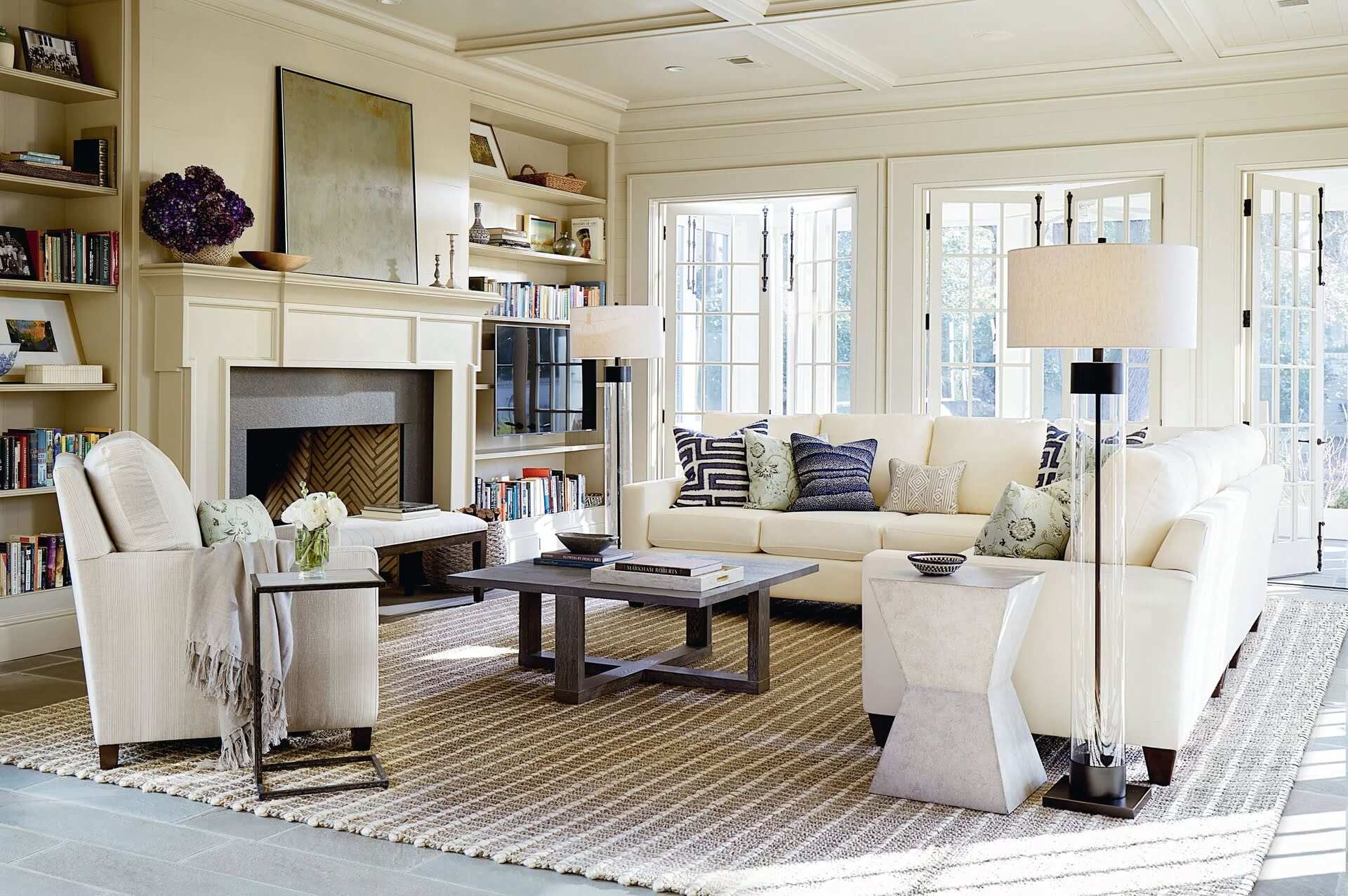
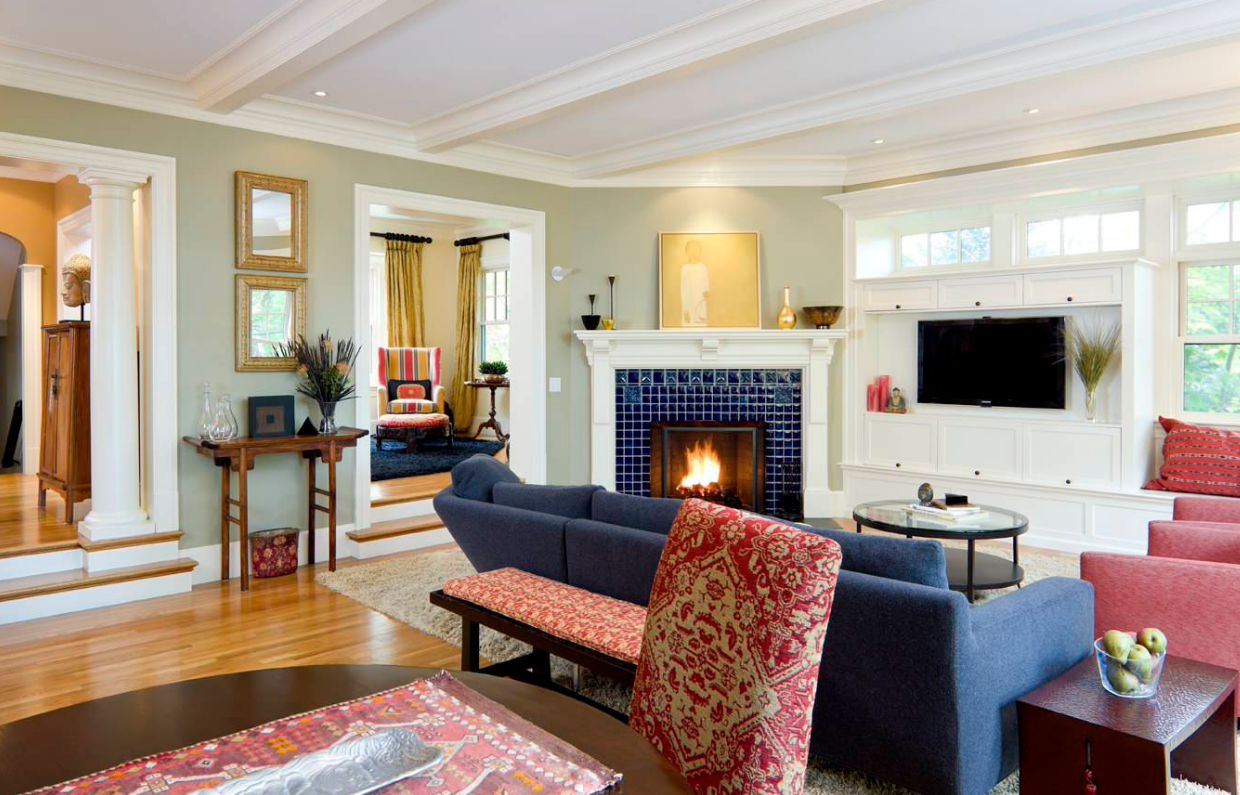
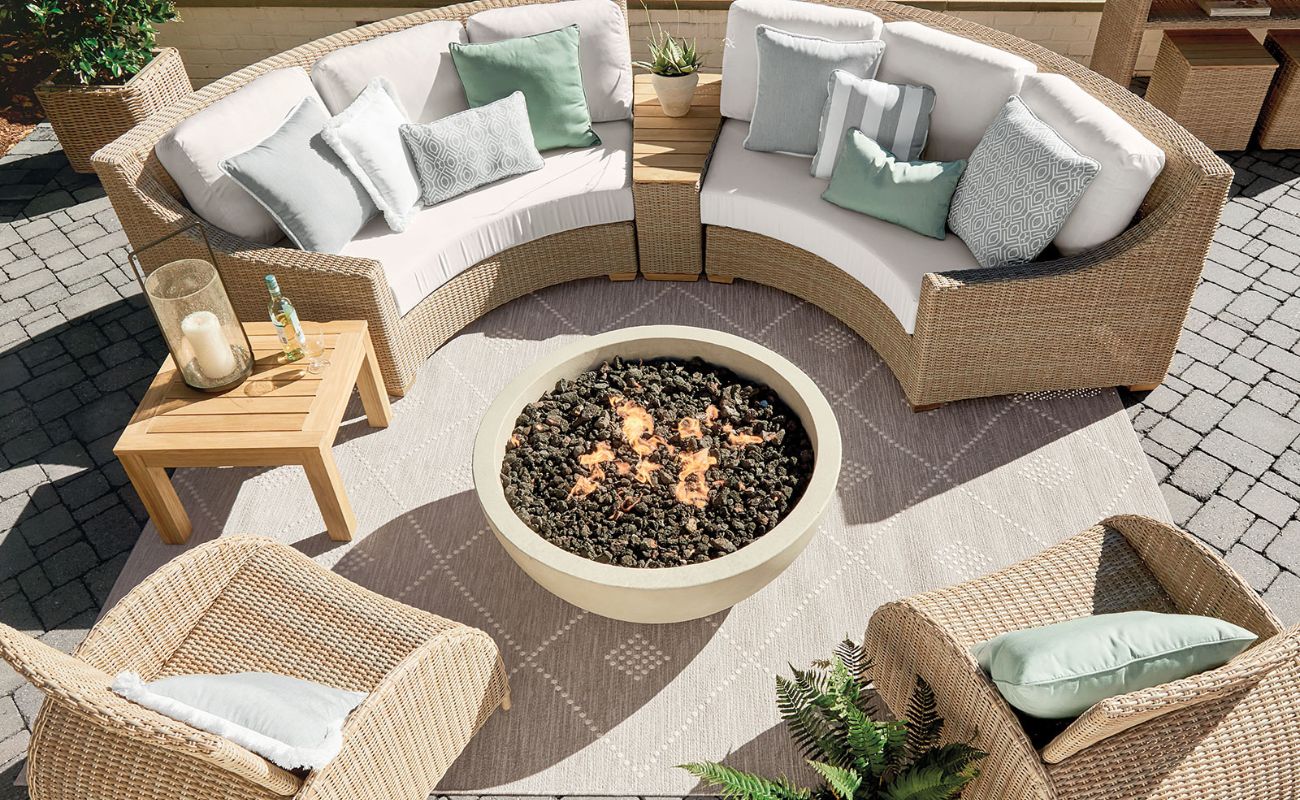
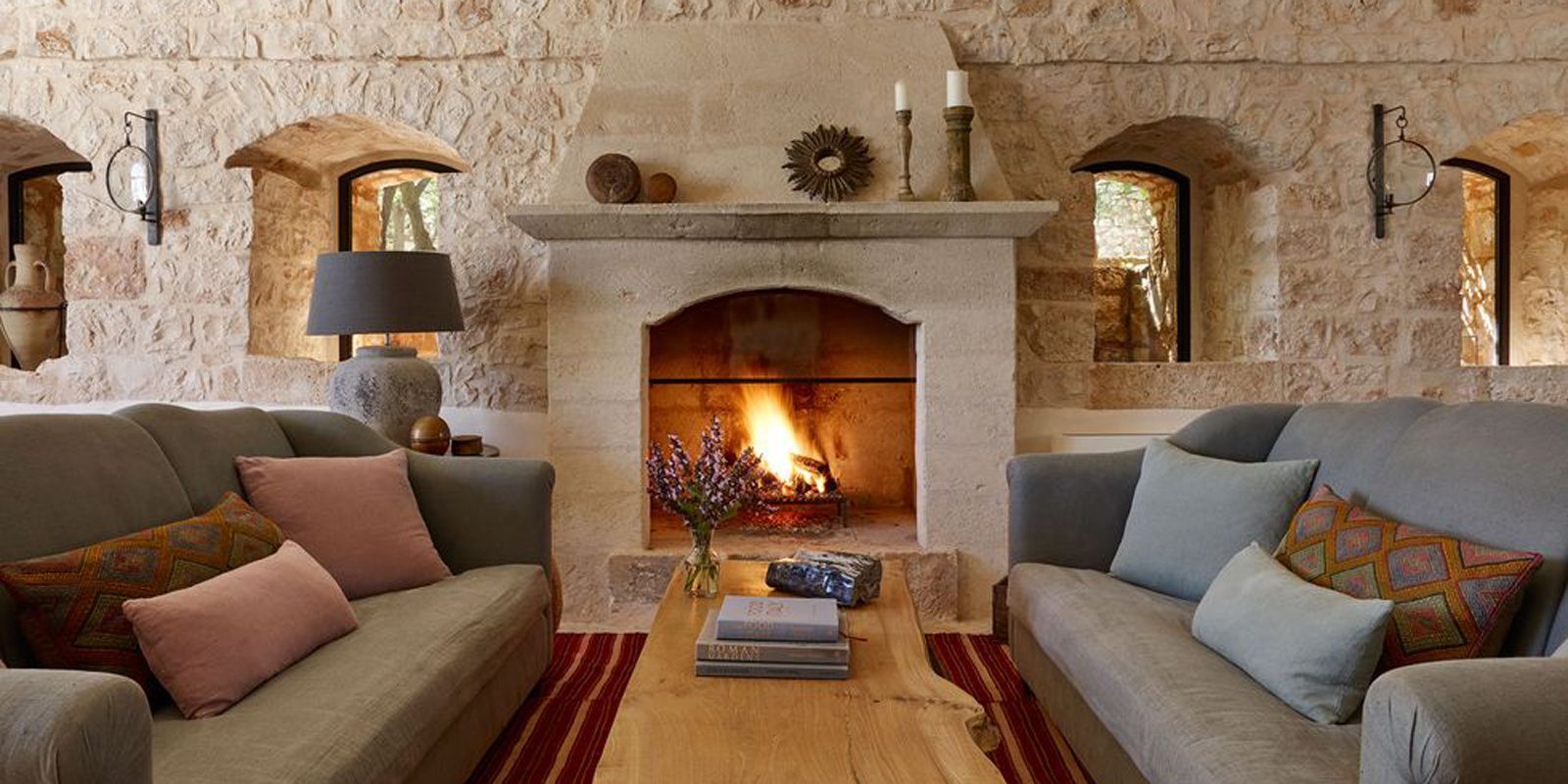
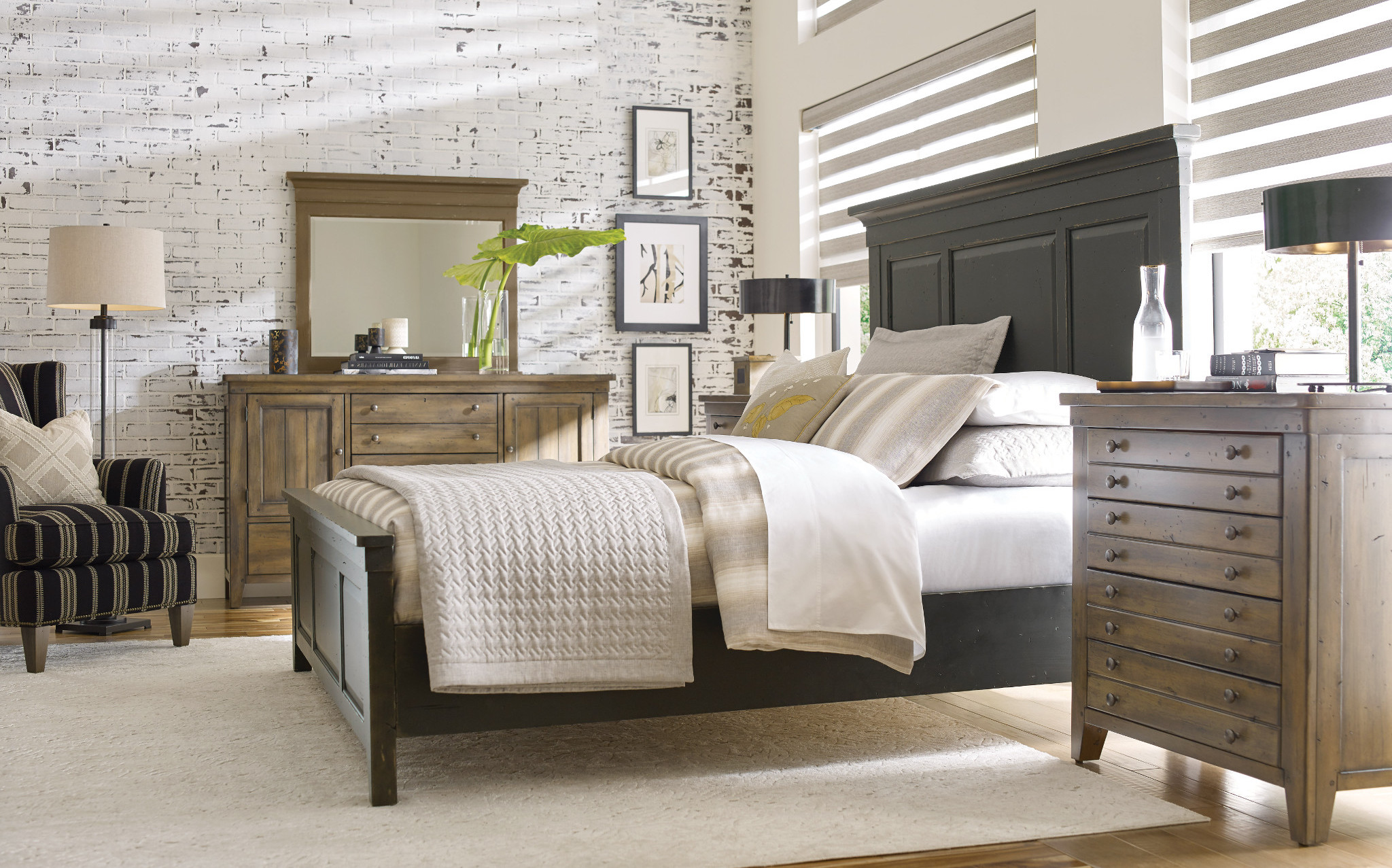
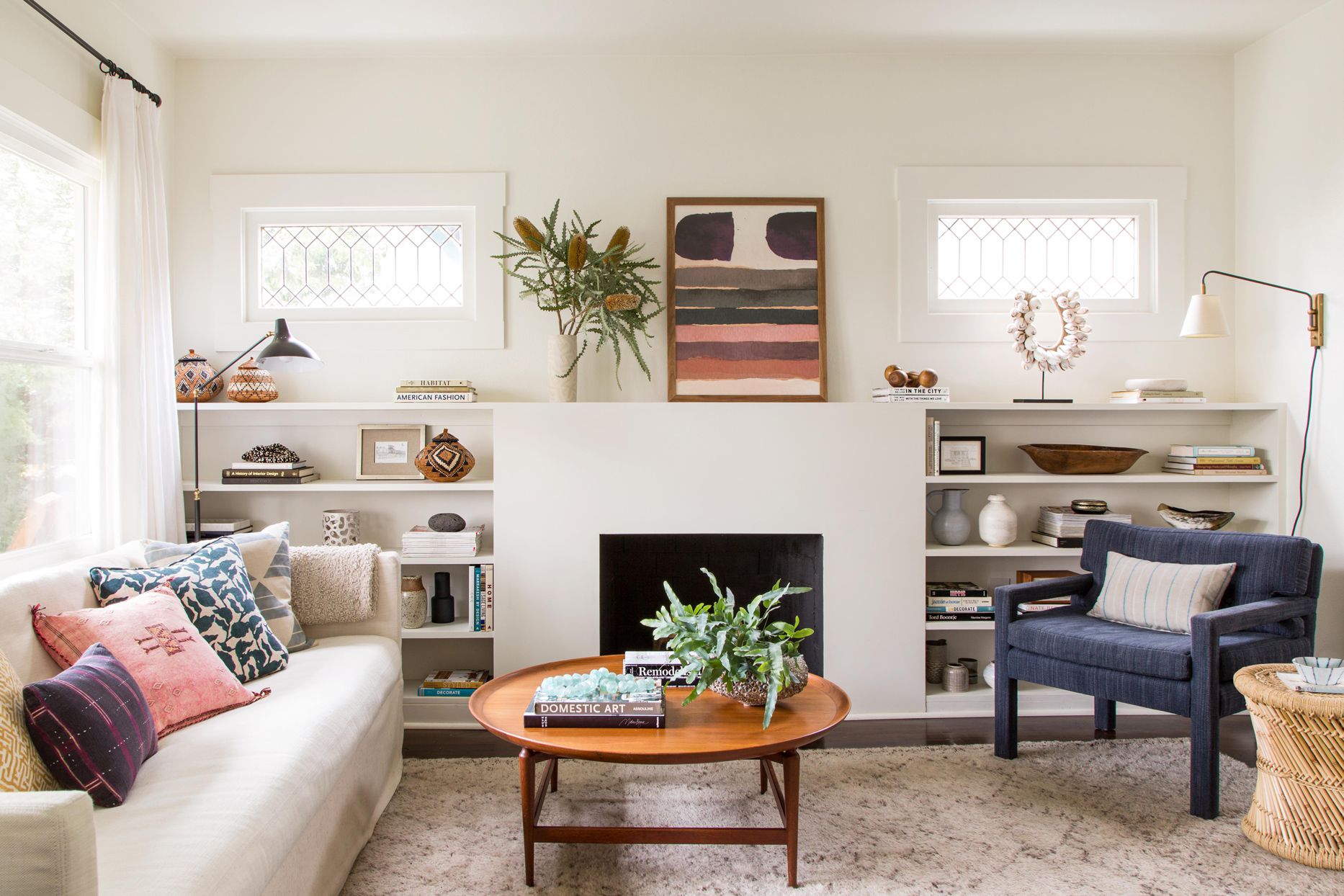
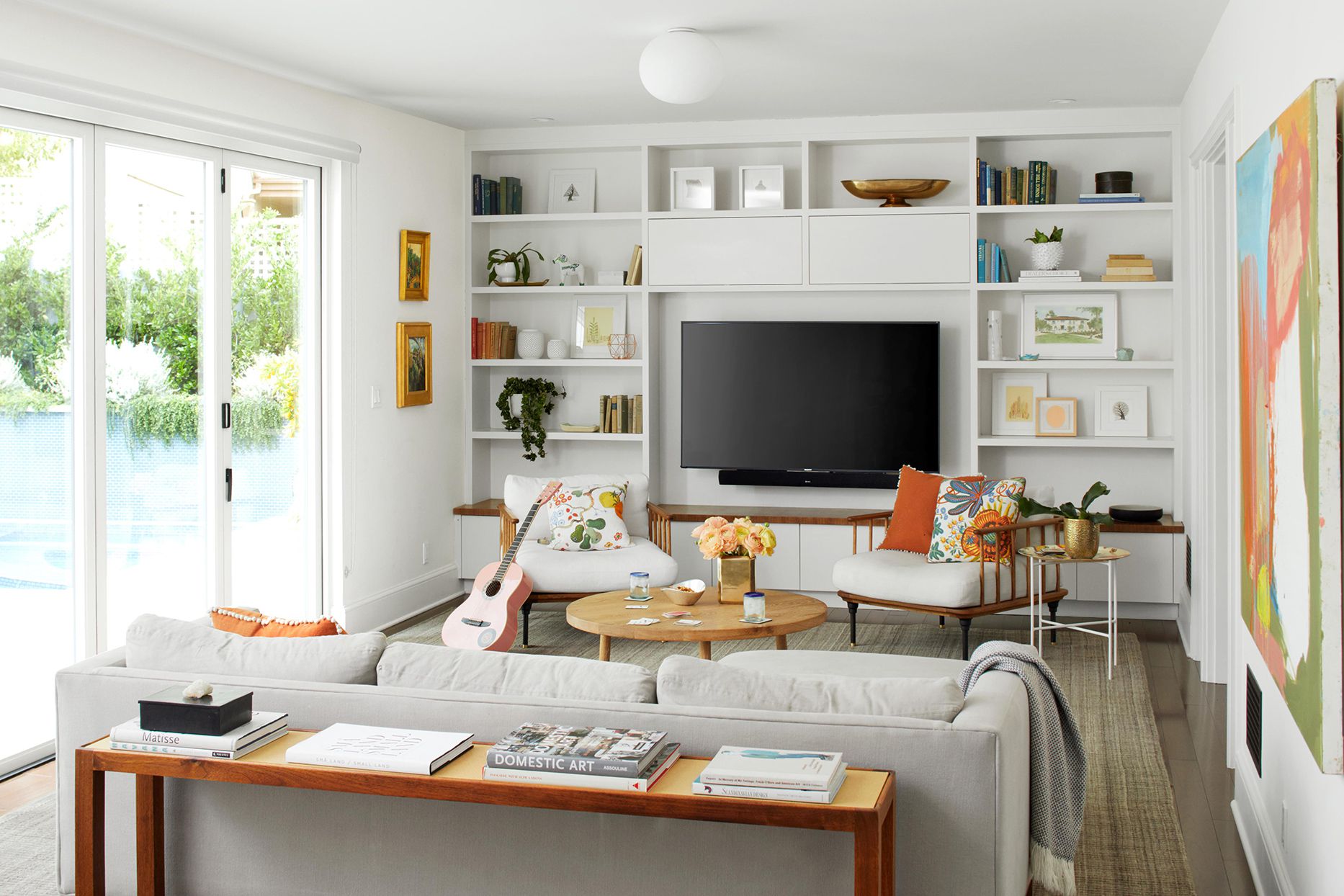
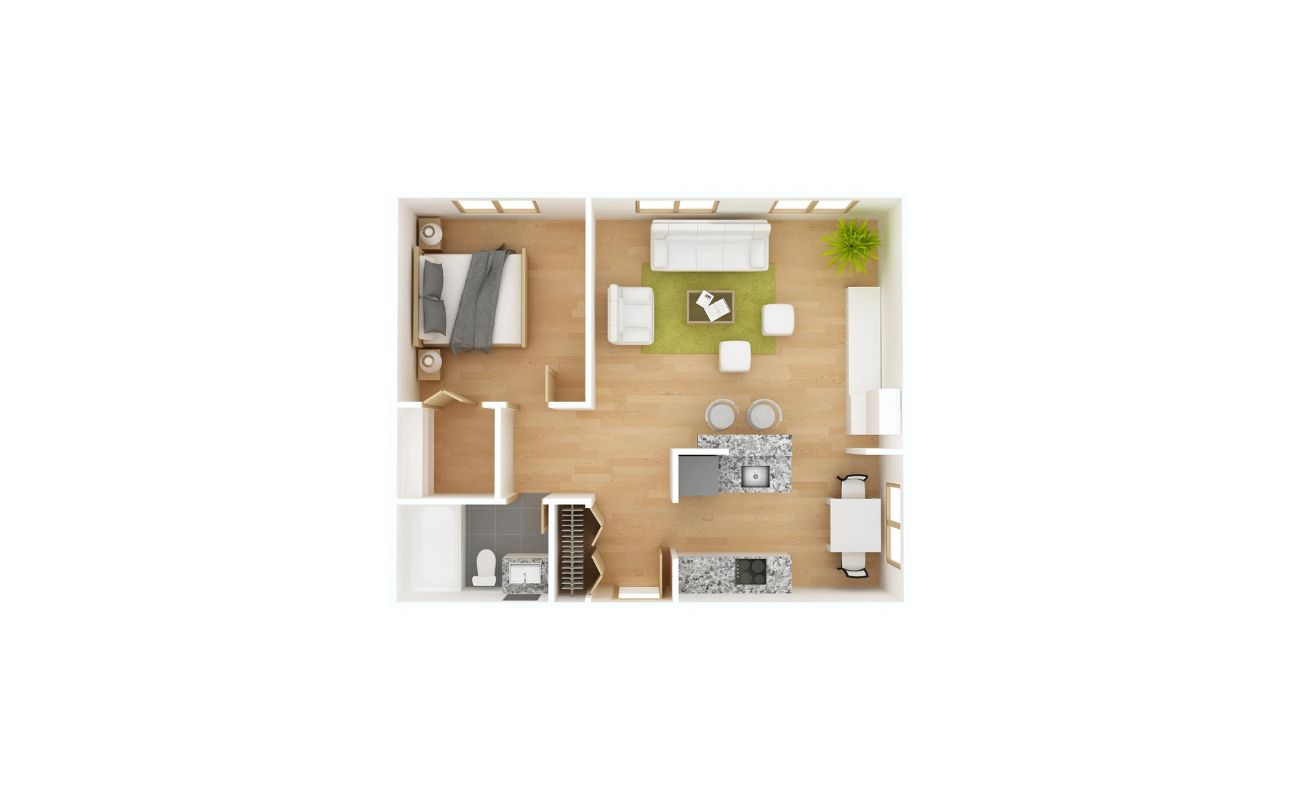
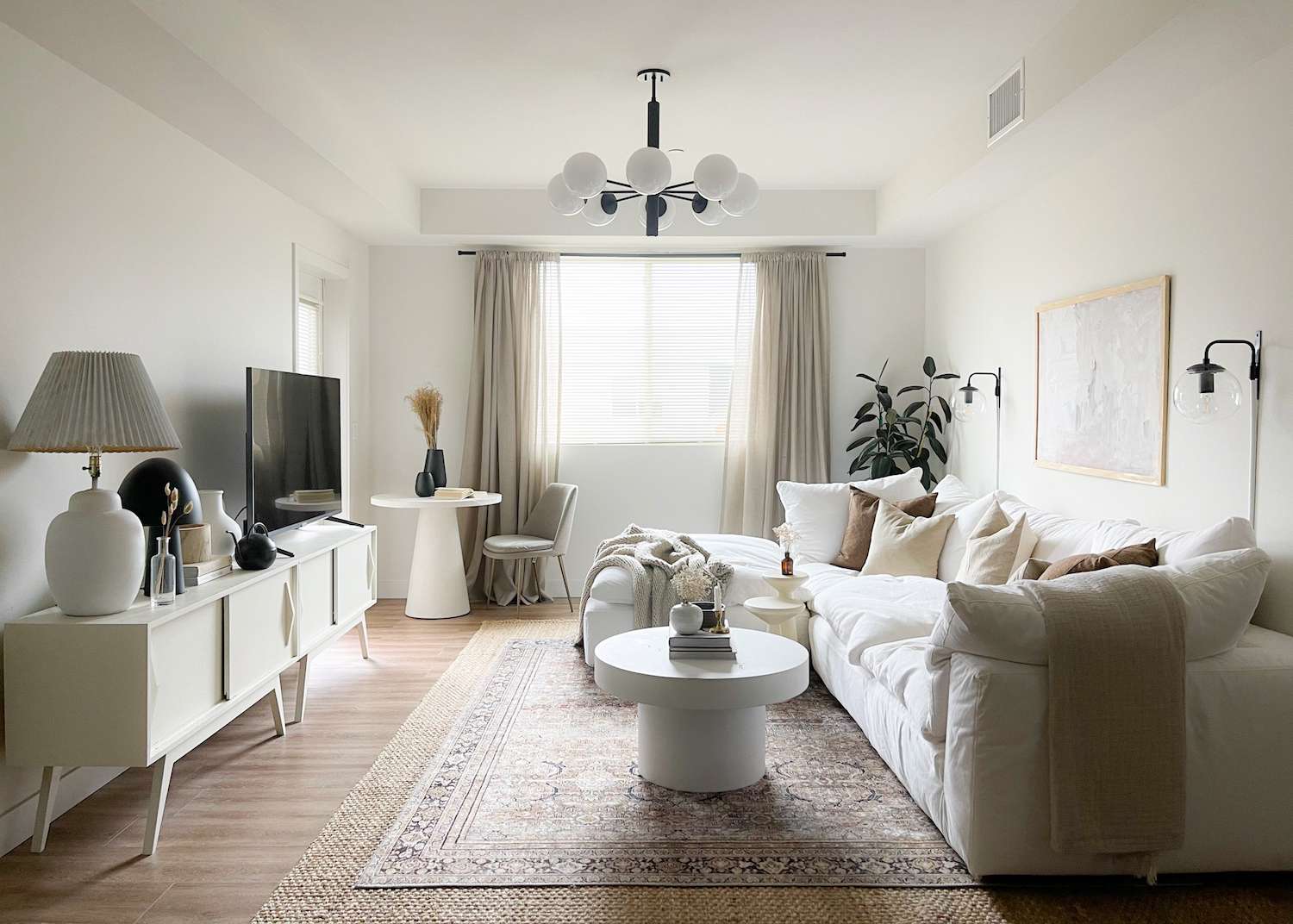
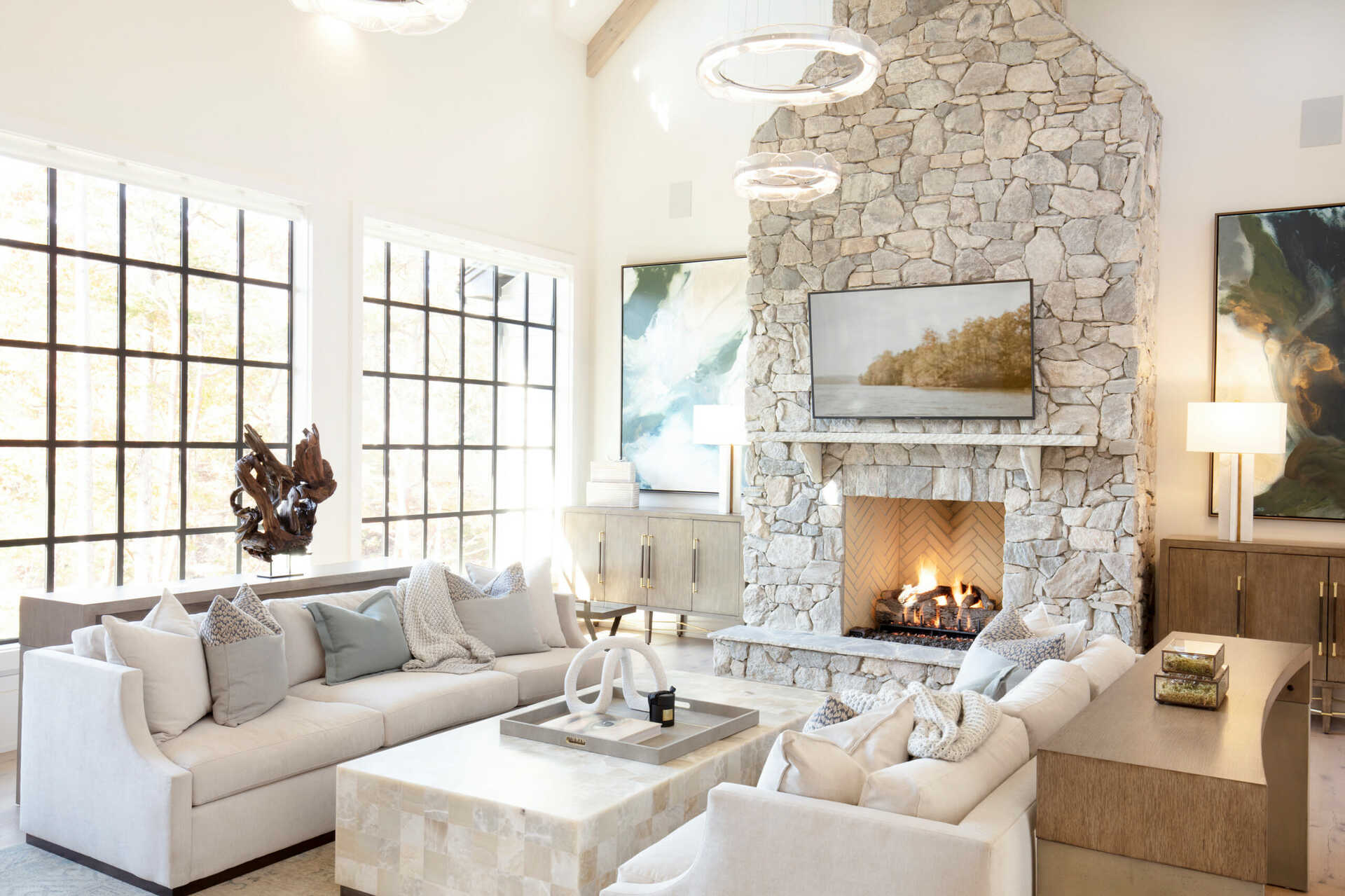
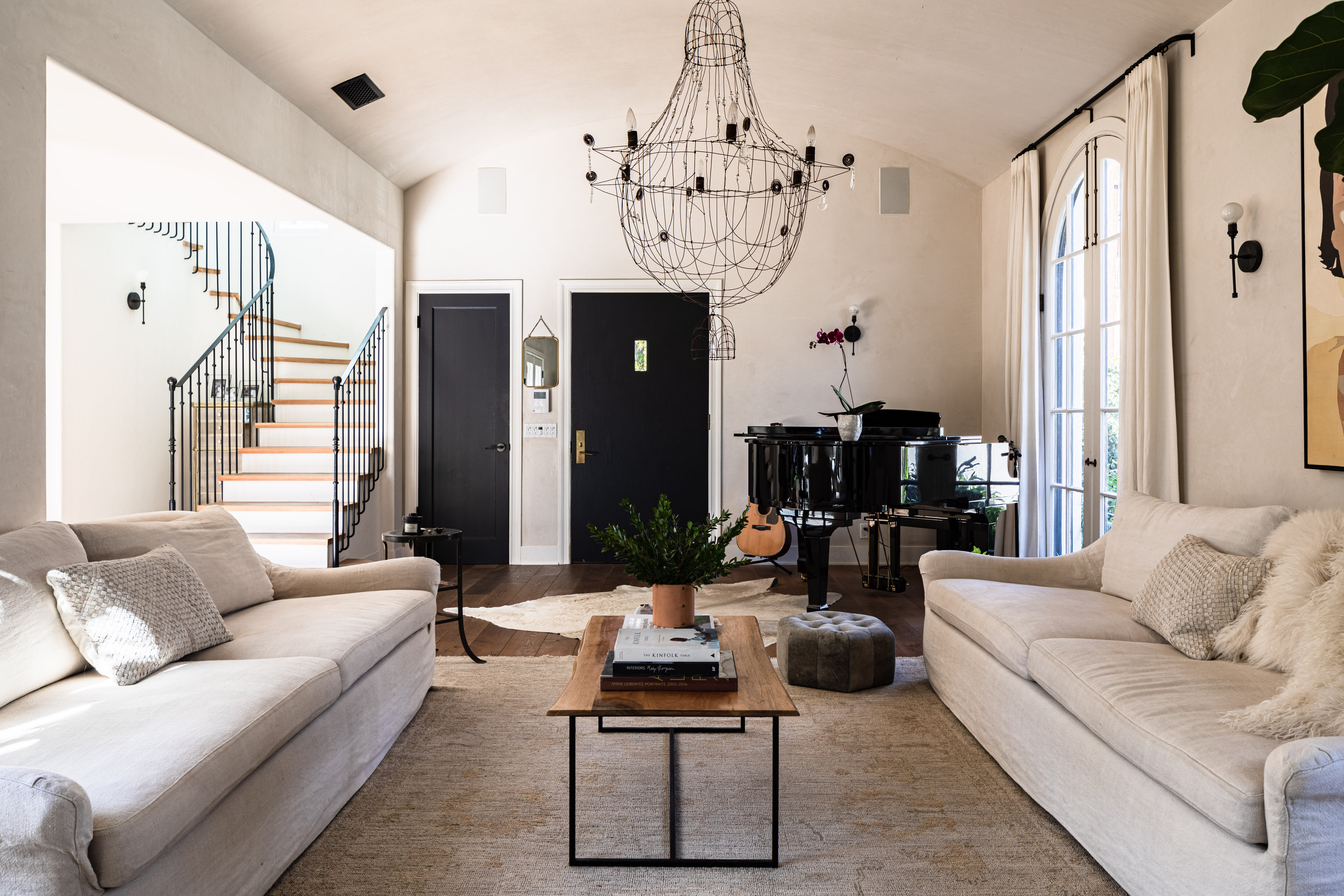
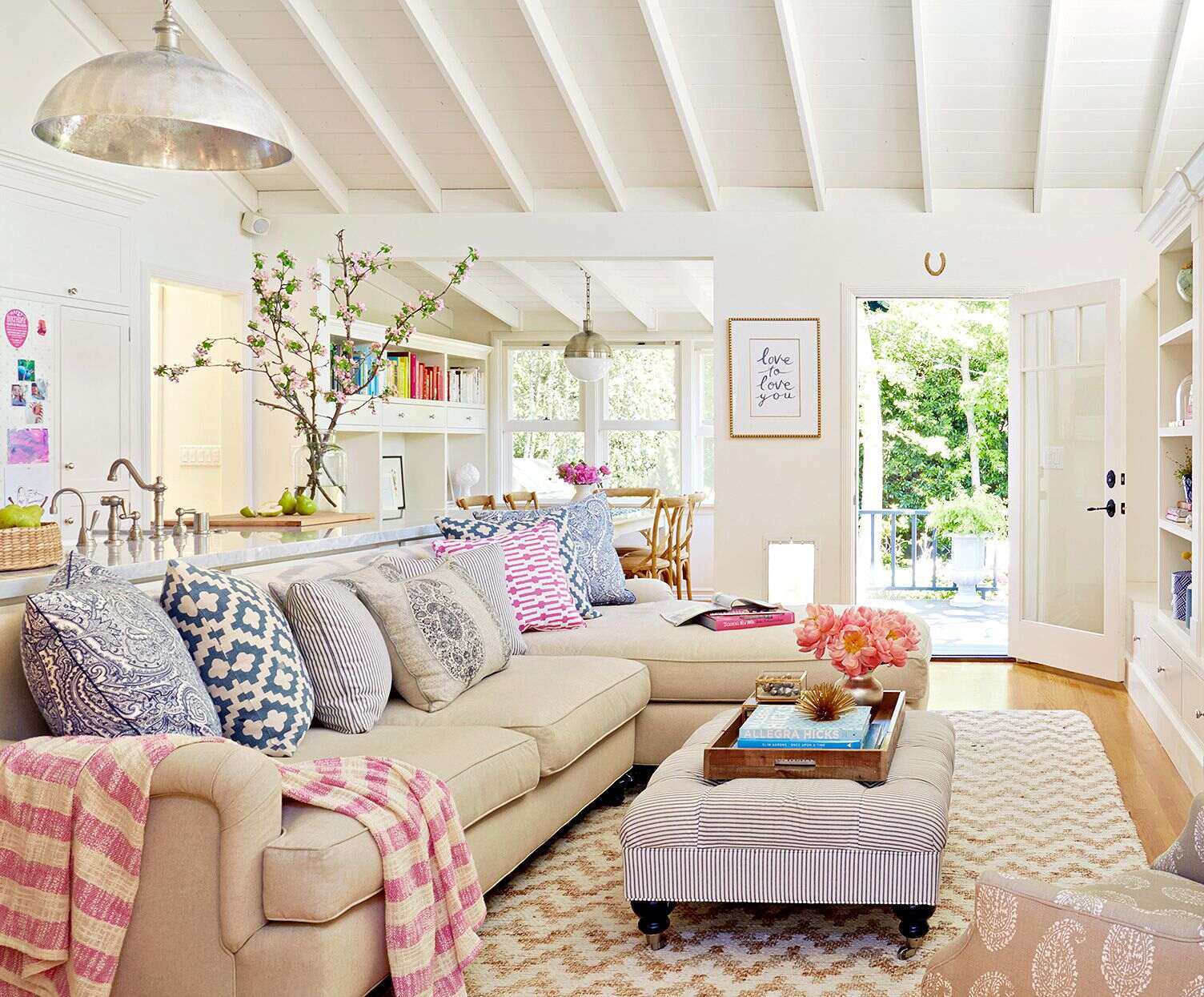
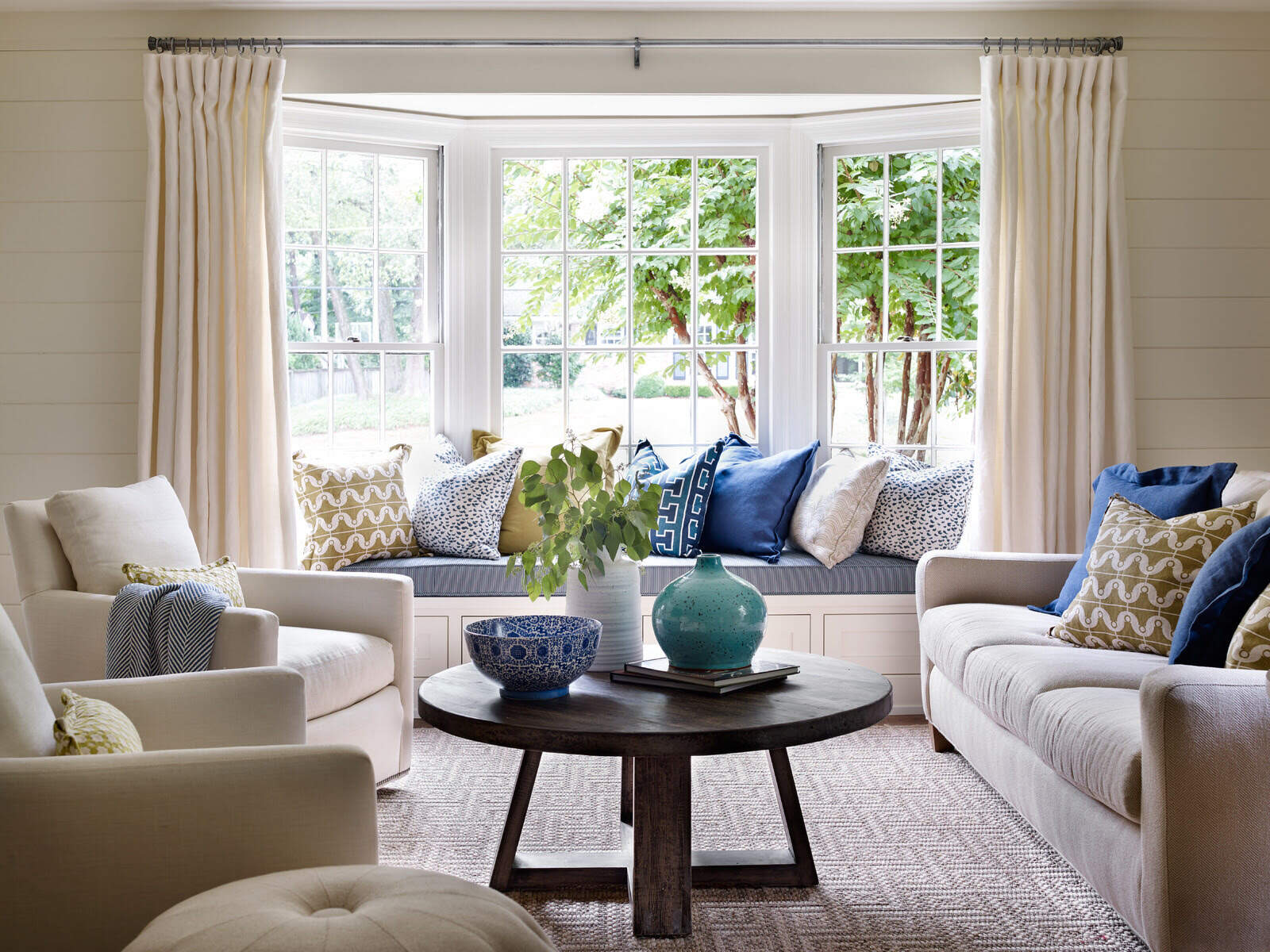

0 thoughts on “How To Arrange Furniture In Bedroom”